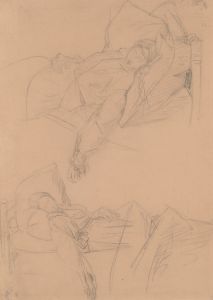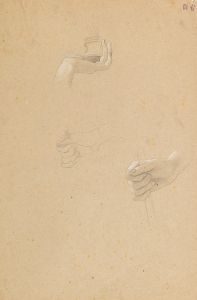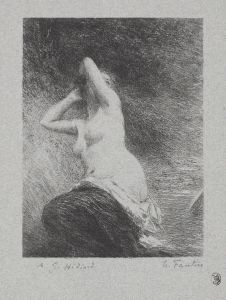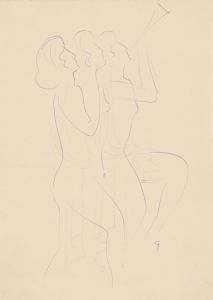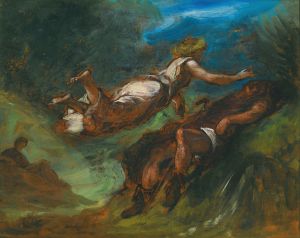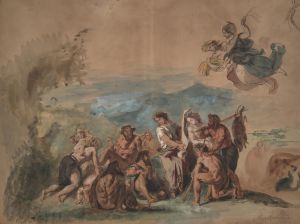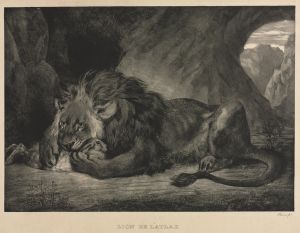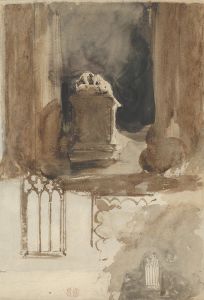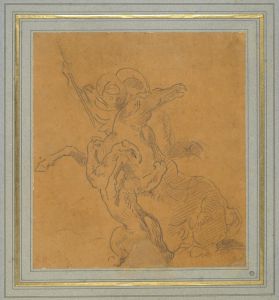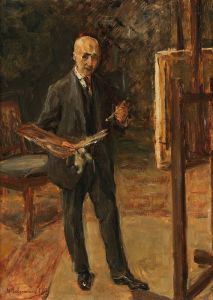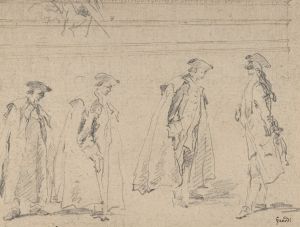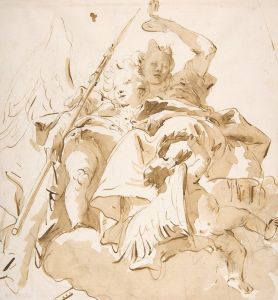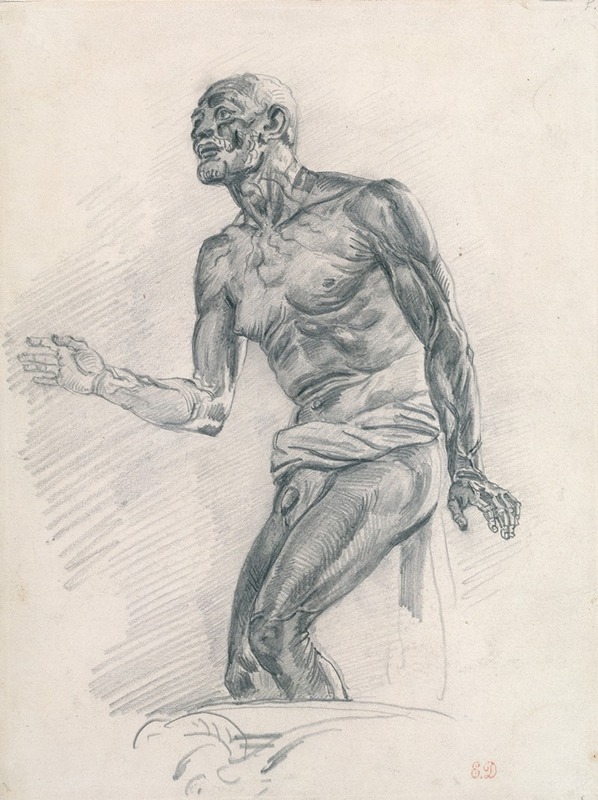
Study of a Male Nude Study for ‘The Death of Seneca’
A hand-painted replica of Eugène Delacroix’s masterpiece Study of a Male Nude Study for ‘The Death of Seneca’, meticulously crafted by professional artists to capture the true essence of the original. Each piece is created with museum-quality canvas and rare mineral pigments, carefully painted by experienced artists with delicate brushstrokes and rich, layered colors to perfectly recreate the texture of the original artwork. Unlike machine-printed reproductions, this hand-painted version brings the painting to life, infused with the artist’s emotions and skill in every stroke. Whether for personal collection or home decoration, it instantly elevates the artistic atmosphere of any space.
Eugène Delacroix, a prominent French Romantic artist, is renowned for his expressive brushwork and vibrant use of color. Among his extensive oeuvre, the "Study of a Male Nude Study for ‘The Death of Seneca’" stands out as a preparatory work that provides insight into his artistic process and thematic interests. This study is linked to Delacroix's exploration of historical and literary themes, particularly those involving dramatic and emotional narratives.
Delacroix was deeply influenced by classical literature and history, often drawing inspiration from these sources for his paintings. Seneca, a Roman philosopher, statesman, and dramatist, is a figure whose life and works have been subjects of artistic and intellectual interest for centuries. The story of Seneca's death, which is marked by stoic acceptance and philosophical resignation, offers a rich narrative for exploration in art. Delacroix's interest in this theme reflects his broader engagement with the dramatic and the tragic, elements that are central to the Romantic movement.
The "Study of a Male Nude" serves as a preparatory sketch for a larger composition that Delacroix envisioned, focusing on the death of Seneca. In this study, Delacroix examines the human form with meticulous attention to anatomy and expression. The male nude is depicted with a sense of tension and dynamism, capturing the emotional and physical intensity of the moment. This focus on the human body and its expressive potential is characteristic of Delacroix's work, where he often sought to convey complex emotions through physical form.
Delacroix's technique in this study involves a careful rendering of musculature and posture, suggesting a deep understanding of human anatomy. This attention to detail not only serves the narrative purpose of the work but also highlights Delacroix's skill as a draftsman. The study likely served as a foundational piece for the composition of "The Death of Seneca," allowing Delacroix to experiment with form and composition before committing to the final painting.
While the final painting of "The Death of Seneca" by Delacroix is not as widely recognized or documented as some of his other works, the study itself remains an important piece within his body of work. It exemplifies his methodical approach to composition and his dedication to capturing the emotional depth of his subjects. The study also reflects the broader Romantic interest in themes of heroism, suffering, and the human condition.
In summary, the "Study of a Male Nude Study for ‘The Death of Seneca’" by Eugène Delacroix is a significant work that offers insight into the artist's process and thematic preoccupations. Through this study, Delacroix explores the expressive potential of the human form, engaging with a narrative that resonates with the Romantic ideals of drama and emotion. This work underscores Delacroix's position as a leading figure in the Romantic movement, celebrated for his ability to convey profound emotion and narrative through his art.





